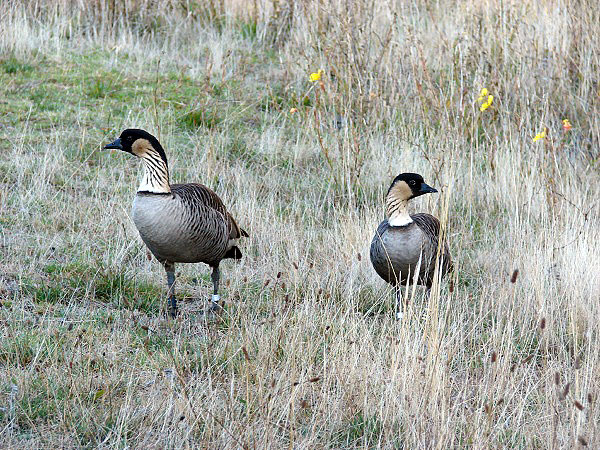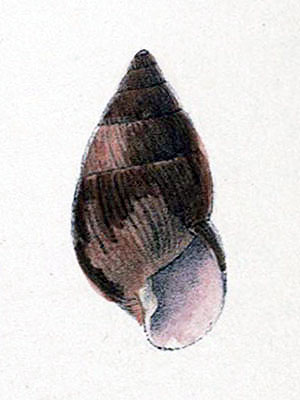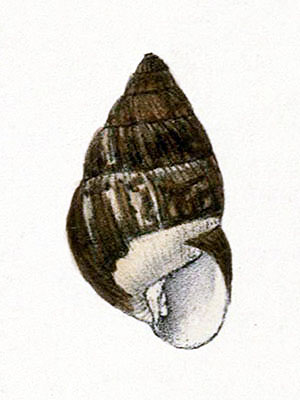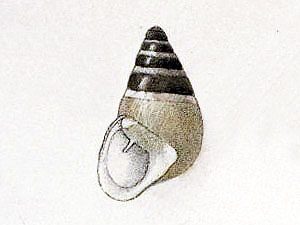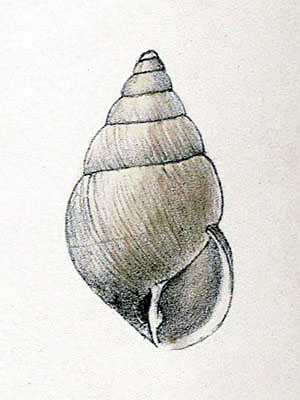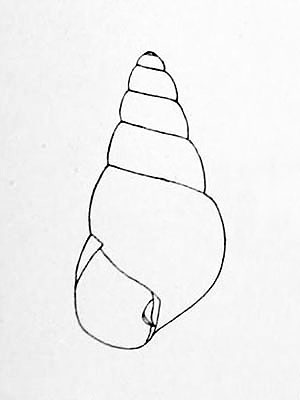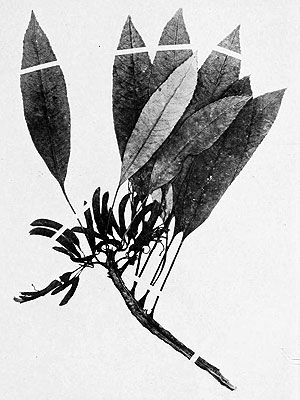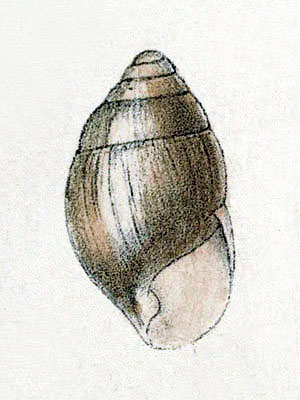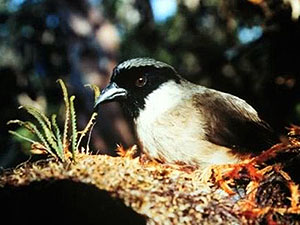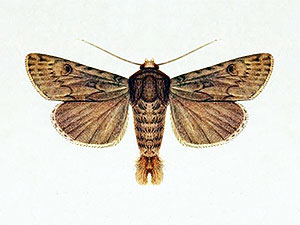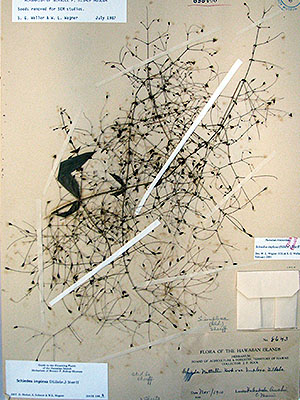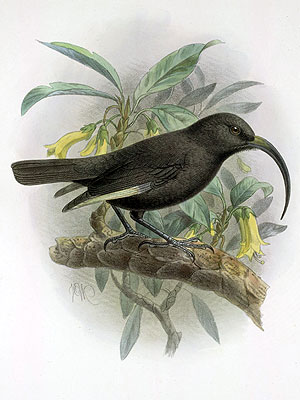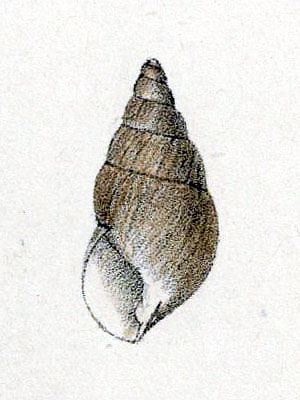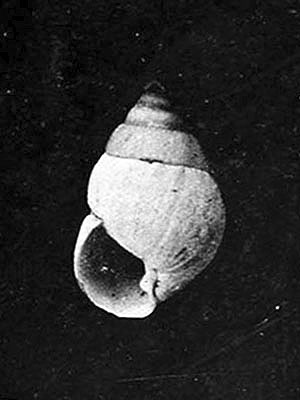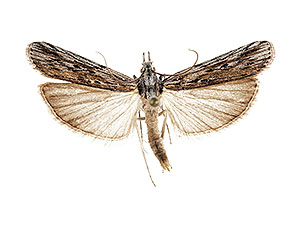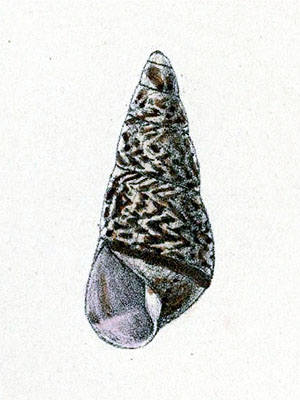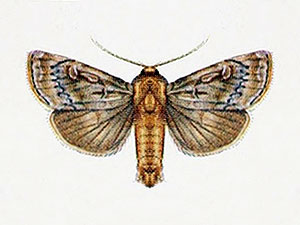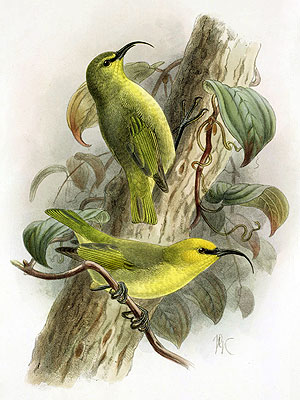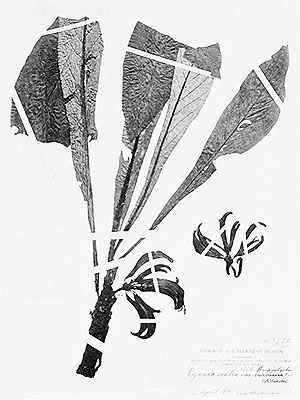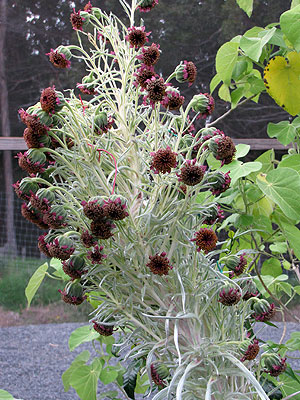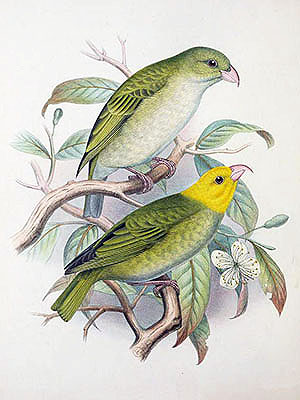Haleakala Philodora Moth (Philodoria spilota)
This species was described 1907; it is known only from the forested slopes at elevations of about 1530 m above sea level of the Haleakala volcano on the island of Maui, Hawaiian Islands.
The species reaches a wingspan of about 0,7 cm; the head and the thorax are brownish fuscous, the abdomen is fuscous; the forewings are bronze fuscous with silvery white spots, the hindwings are brownish fuscous.
The biology and the host plant of this species remain completely unknown.
“The unique holotype is a faded, damaged female and not a male as Walsingham stated in his original description. Walsingham said that the type was “injured when being described”. It is badly broken – the hindwings and abdomen are glued to the fore part of the body; the head is badly abraded and glued to the thorax; the left antenna is missing.” [1]
***
syn. Elachista spilota Walsingham
*********************

(public domain)
*********************
References:
[1] Elwood C. Zimmerman: Insects of Hawaii 9; Microlepidoptera. University of Hawaii Press, Honolulu 1978
[2] Shigeki Kobayashi; Chris A. Johns; Akito Y. Kawahara: Revision of the Hawaiian endemic leaf-mining moth genus Philodoria Walsingham (Lepidoptera: Gracillariidae): its conservation status, host plants and descriptions of thirteen new species. Zootaxa 4944(1): 1-715. 2021
*********************
edited: 18.03.2021

